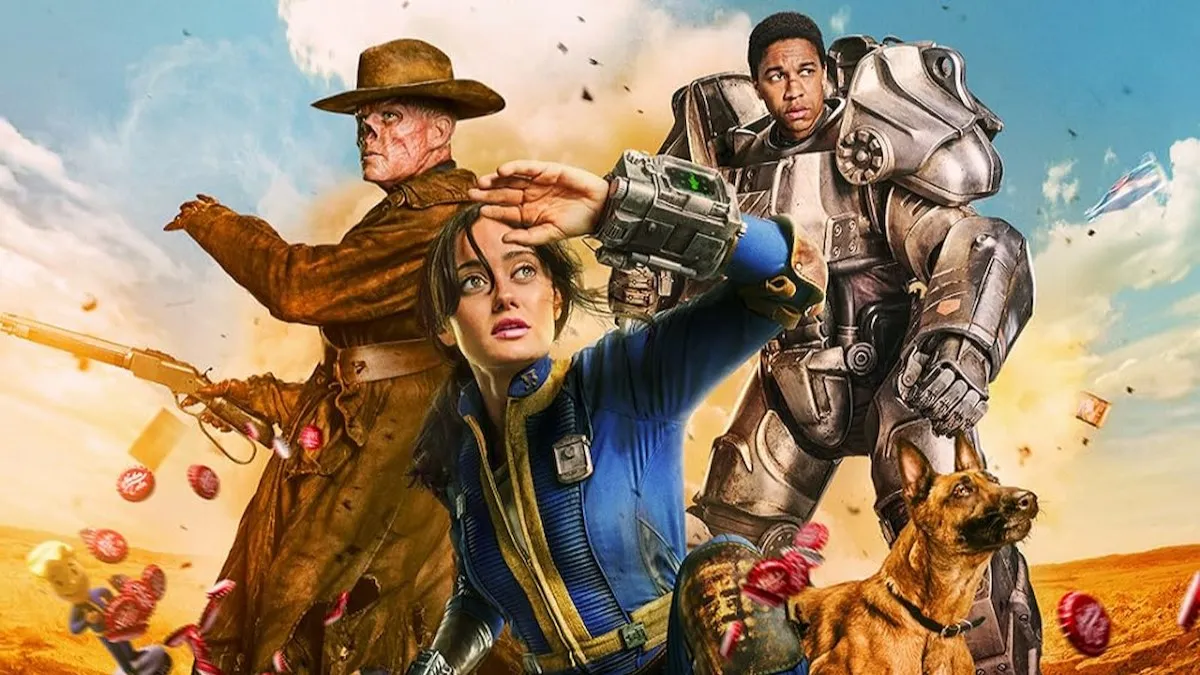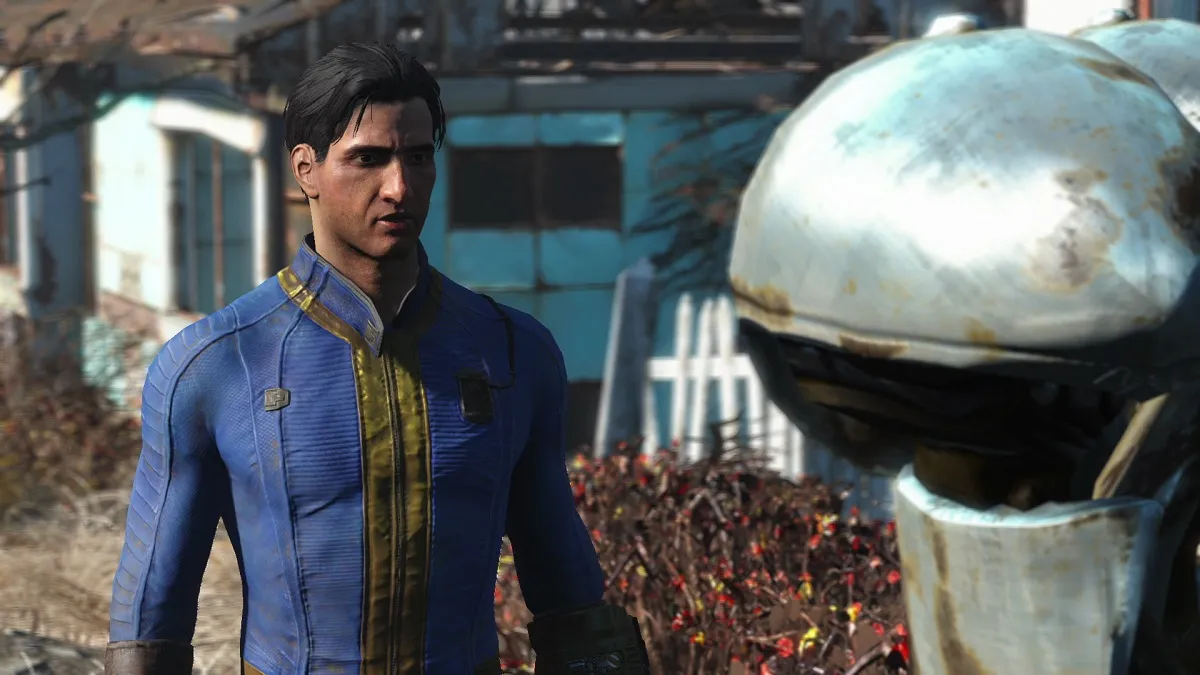
Imagine two hours worth of very specific, very useful screenwriting advice applied to the task of writing videogame dialogue and crammed into a one hour presentation, and you’ll begin to understand just how alternately informative and overwhelming David Freeman’s presentation, “Advanced Dialogue Techniques for Games” was.
As a screenwriting tutor who has consulted with or been praised by damn near every game company on the planet at some point or another, Freeman knows his stuff. Over the course of his lecture, he put the audience through a very quick crash course in how to improve videogame dialogue (perhaps knowing that if we wanted to read more, we could always check out his book).
Hit the jump for a rundown of Freeman’s specific suggestions, delivered even more quickly and briefly than he did.
As Freeman quite literally sped through his points with only a few lines of quick background and a snippet from a popular screenplay to illustrate his point (which I obviously can’t recreate here with any degree of brevity), I’m just going to list each of his main points and do my own job of explaining them.
“A-B” dialogue is the enemy.
“How are you?” “Good.” “Wanna have sex?” “No.” Dialogue which is predictable, ho-hum, and consists only of simple setups and straightforward payoffs, are much more frequent in game dialogue than it oughtta be. It sucks.
Interrupting dialogue
When characters interrupt each other, the normal (boring) flow of tne conversation is suddenly thrown out of whack and the viewer becomes more interested.
Answer a question with a question
“Why are you such an asshole? “Why are you still talking to me?” Answering questions with questions changes dialogue direction and forces the character who asked the first question to respond in a personally evocative way, without falling into A-B routine.
Avoid cliches with bit players
Just because they have one line doesn’t mean they shouldn’t be interesting in their own ways.
“Own track”
When two characters are having a conversation and one is ignoring the other while talking about their own thing, they are on their “own track.” This is initially confusing to hear, but says a lot about both characters and through its unusual nature makes the dialogue more fun to hear.
Tangent
People talk in tangents, so your characters should talk in tangents too to avoid sounding like expository robots.
Drop first word
Don’t have a character say, “are you going to the mall?” Make them say, “going to the mall?” Again, this is how people talk.
Sentence fragment
People don’t. You know. Talk in complete sentences.
Delayed answer
Have one character ask a question which isn’t answered until much later in the conversation.
Leave the topic and later come back to it
Pretty much the same thing as delayed answer, but with a larger discussion topic. To illustrate this technique, Freeman pointed out a scene from Rocky where two characters begin talking about a slut Rocky used to know, then they talk about a cigarette, then they go back to talking about the girl. “This is your basic slut-cig-slut conversation,” Freeman said.
Starts again
If I’m trying to — if I want to say something to you, I’ll probably screw up part of the sentence and I’ll try…I’ll essentially start the sentence over but rephrased.
Response implies answer
“Hey Anthony, are you awesome?” “Well, you’re reading what I’m typing, aren’t you?” I didn’t technically answer your question, but from my response you can infer how I might have answered if I’d chosen to do so directly.
External interruptions and subtext
If I want to say something to you but I accidentally say the word “bonesaw”
Then that video has externally interrupted our conversation, as tends to happen in real life. Also — and I’m not sure why he integrated this with external interruptions, because it doesn’t seem closely related — but make sure your characters aren’t specifically saying what they’re thinking. Subtext is important.
Generally, Freeman wanted to hammer home a few very important points when it came to developing game characters and dialogue. You must constantly surprise the audience (even if only in small ways, like using tangents or delaying answers), your characters must show different sides of their personalities to different people in different situations, your characters must have many personal characteristics and many sides, and they have to sound different from one another.
To illustrate all these techniques and ideas, Freeman showed the audience a clip from a television show which, in terms of dialogue, he actually stated was better than anything he’d ever seen in a videogame, even including BioShock.
The clip he showed us was from Grey’s Anatomy.
I’d like to be as objective as possible in judging the efficiency of the dialogue scene he showed us (when Meredith lies about trying to drown herself to her boyfriend and turns to Katherine Heigl for assistance, their dialogue does indeed follow all of Freeman’s suggestions), I couldn’t help but feel that the dialogue was just plain bad. It flowed well, yeah, but in attempting to sound realistic it felt overly practiced, artificial, and ultimately boring.
I don’t mean to suggest that all videogame writing is incredible when compared to Grey’s Anatomy, but come on — better than BioShock?
From there, Freeman gave us a handout which showed a really poorly written dialogue scene, then his better rewrite which incorporated all his techniques, and then a line-by-line deconstruction of what he did to improve each aspect of the script.
Overall, the lecture felt like a 60 minute screenwriting class, and it was really informative; I may not agree with his taste in quality dialogue, but I still think the fundamental rules he suggested were very sound.



